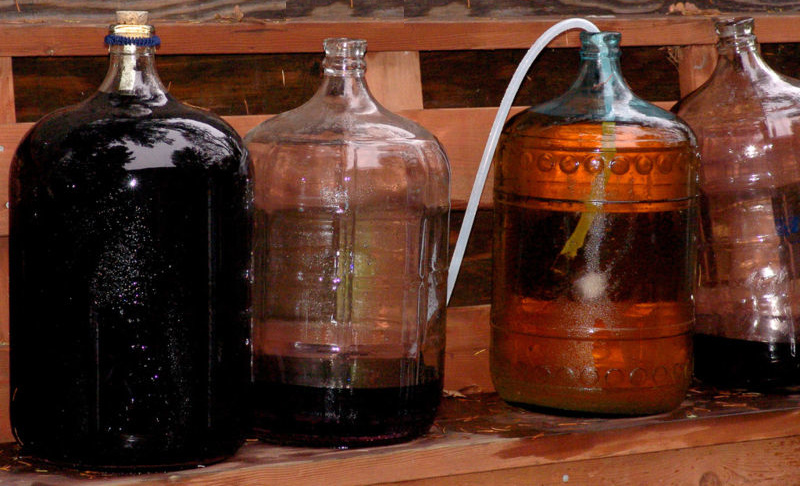There is a lot of focus and even some concern that the wine industry isn’t reaching younger drinkers. What can the industry do to appeal to younger audiences? Are younger generations preferring beer, hard seltzers, mixed cocktails, and RTDs more than wine? Bringing them back entails both dumbing down wine messaging, and being more intelligent in what your saying.
Here at Tincknell & Tincknell we watch – and adopt – new tech, often early, especially that tech with potential marketing purposes. So we’ve been watching and participating in social web marketing, both on our own behalf as well as on behalf of some of our clients for quite awhile now. Certainly social media has a place in a business’ marketing strategy. What alarms us is that many, many pundits and consultants in the wine industry are peddling it as the form of marketing, and possibly the only form of online marketing a business needs.
As clocks tick down to close the Gregorian calendar’s second millennium since the birth of Christ (debate on the true end aside), the wine industry has undergone profound changes in the last forty years, with the last ten the most dramatic. Prior to the nineties, the changes all had to do with the actual making of the wine. There has been a seismic change in perceptions about marketing, sales and distribution. The wine industry is still hobbled by post-Prohibition, three-tier distribution and regulations, but wine producers are finally embracing alternate and new methods of selling wine: the internet and direct marketing.


